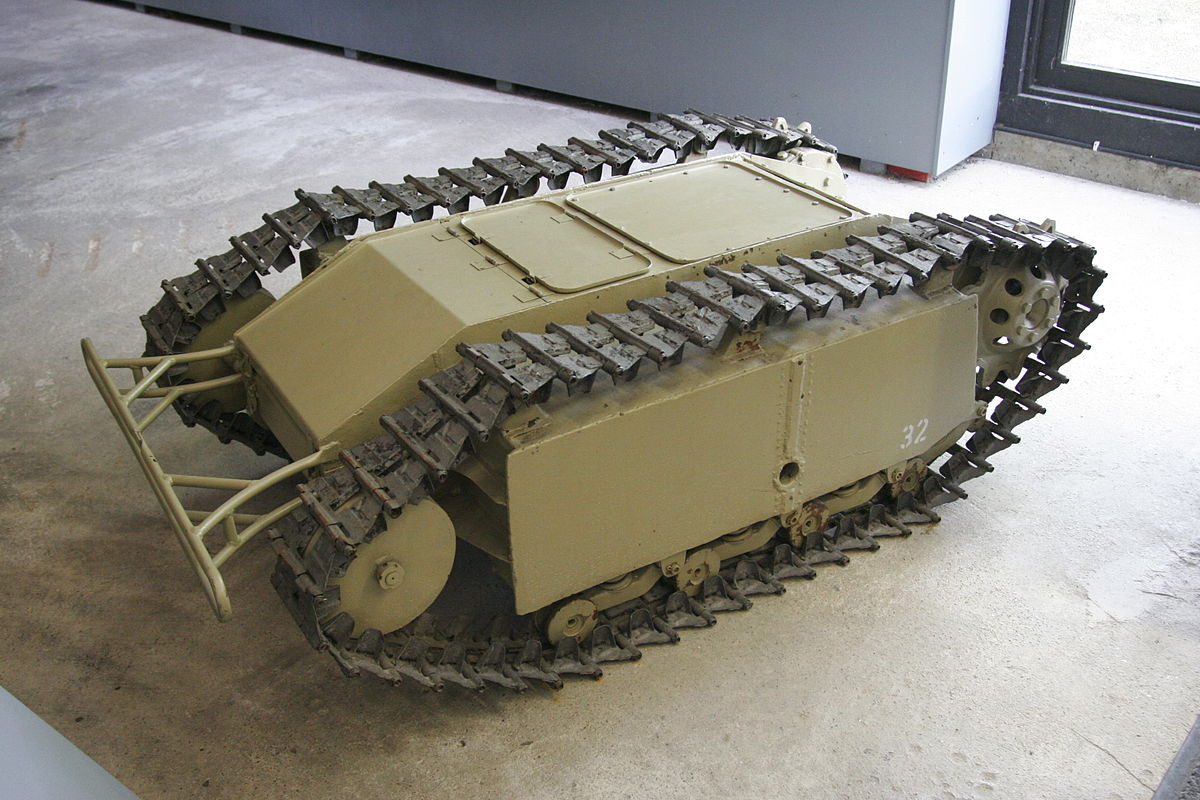Okay, so to be perfectly clear, I'm not advocating for conscription, certainly not in peacetime, although there are arguments to be made. As for wartime, notwithstanding the Ukraine experience, I'm inclined to think that if we get involved anywhere in LSCO they're unlikely to last long enough for conscription to make a difference. I'm firmly in the camp that we need to be prepared to fight with what we have and what we have today doesn't come close to cutting it. I'm nowhere near well enough informed to determine if the CA's plans are sufficient but judging from the commentary on this forum from those who are, they are certainly an improvement if far from perfect, particularly when it comes to the Reg/Res relationship.
As for Canada's experience with conscription, again I'm no expert. But as controversial as the decision to send conscripts into combat was, it didn't break the country. Eighty years on and we're still here. Imperfect as ever but thanks to POTUS perhaps actually rediscovering our national identity.
When it comes to the numbers, the vast majority of those you describe as home defence conscripts who served overseas were those who, having been conscripted, then stepped forward to volunteer, some as early as 1940 (along with those serving in places like Newfoundland - technically at the time overseas). By 1944 those numbers were nowhere near enough to keep units up to strength and many of those fighting in the Scheldt had never recovered from Normandy, the Black Watch being a case in point.
The decision to send conscripts to the front was only taken in November '44, after the Scheldt. So few made it in no small part because the war ended the following May.
Once could argue that perhaps the CA could have avoided using conscripts by reducing its logistical tail. Certainly there were many in the UK in '44 who volunteered to retrain for the combat arms, although I've always understood that they didn't receive much in the way of retraining. But the Canadian logistical tail was not much different in scale from the British or American to my knowledge. And to an extent it reflected the realities of democracies at war. Conscripts in the armies of the Tsar (Romanov or Red) and Hitler pretty much had to take what they got. Those serving in the Allied forces could, and did, write there MPs and Congressmen.







